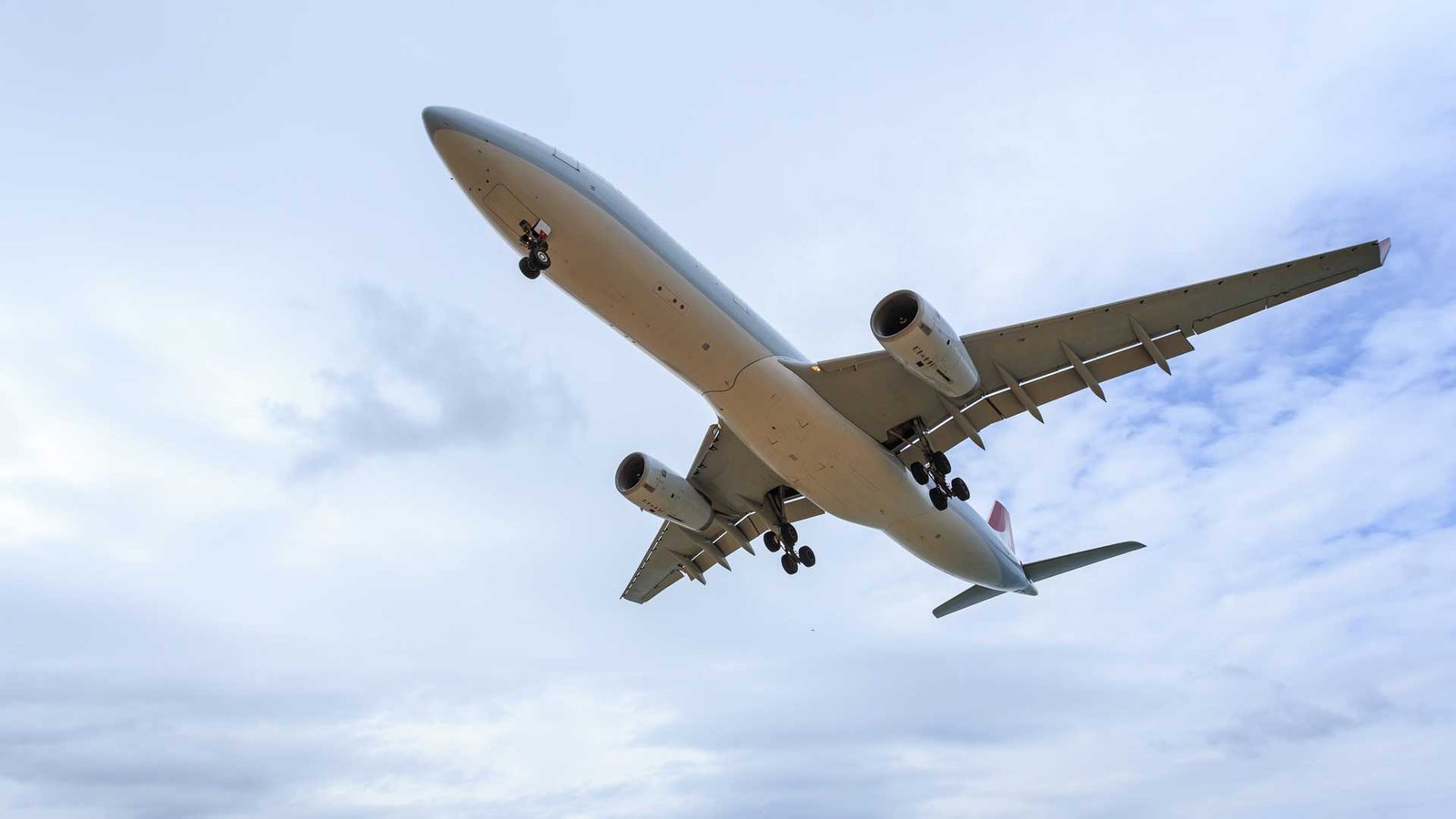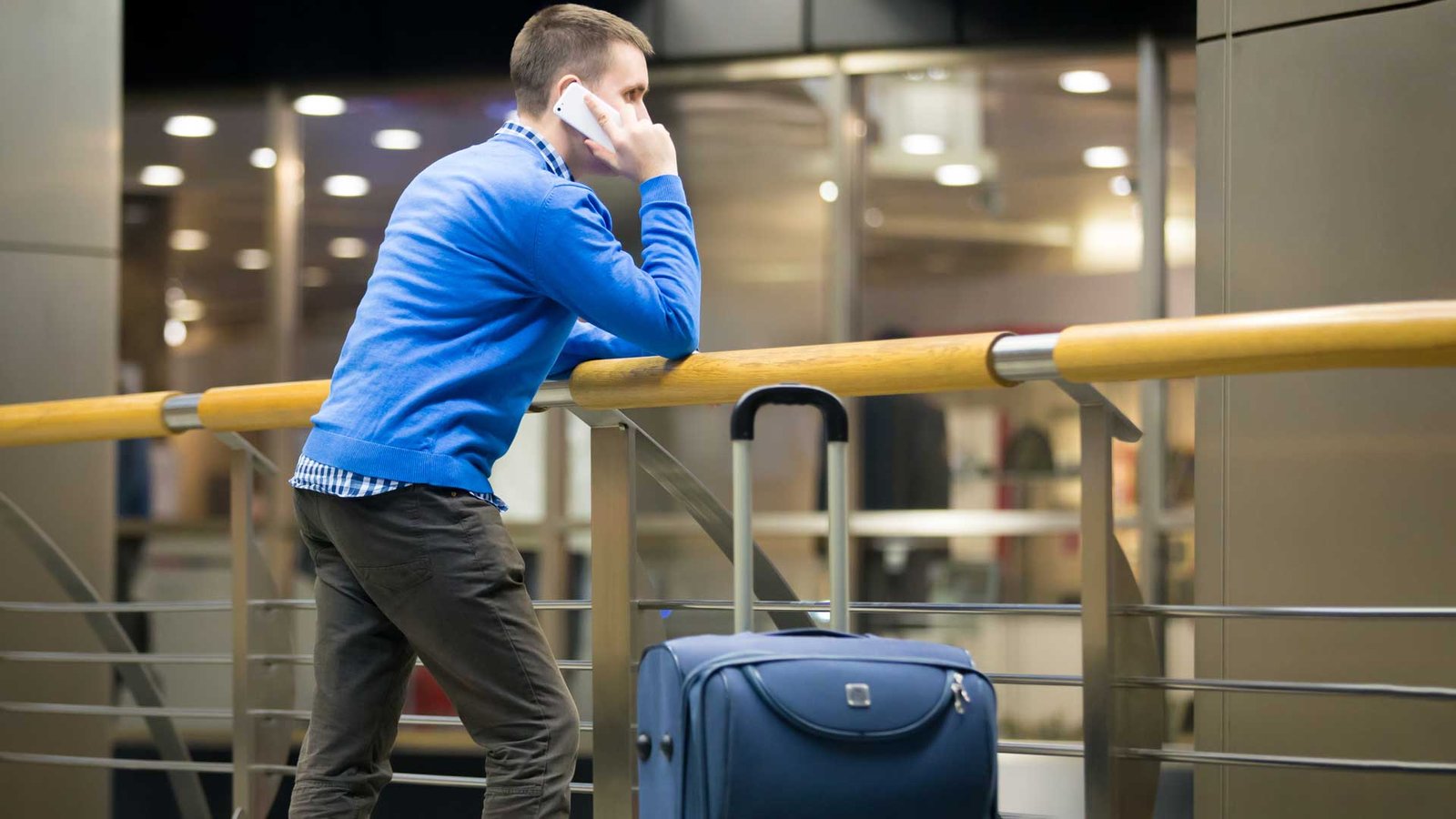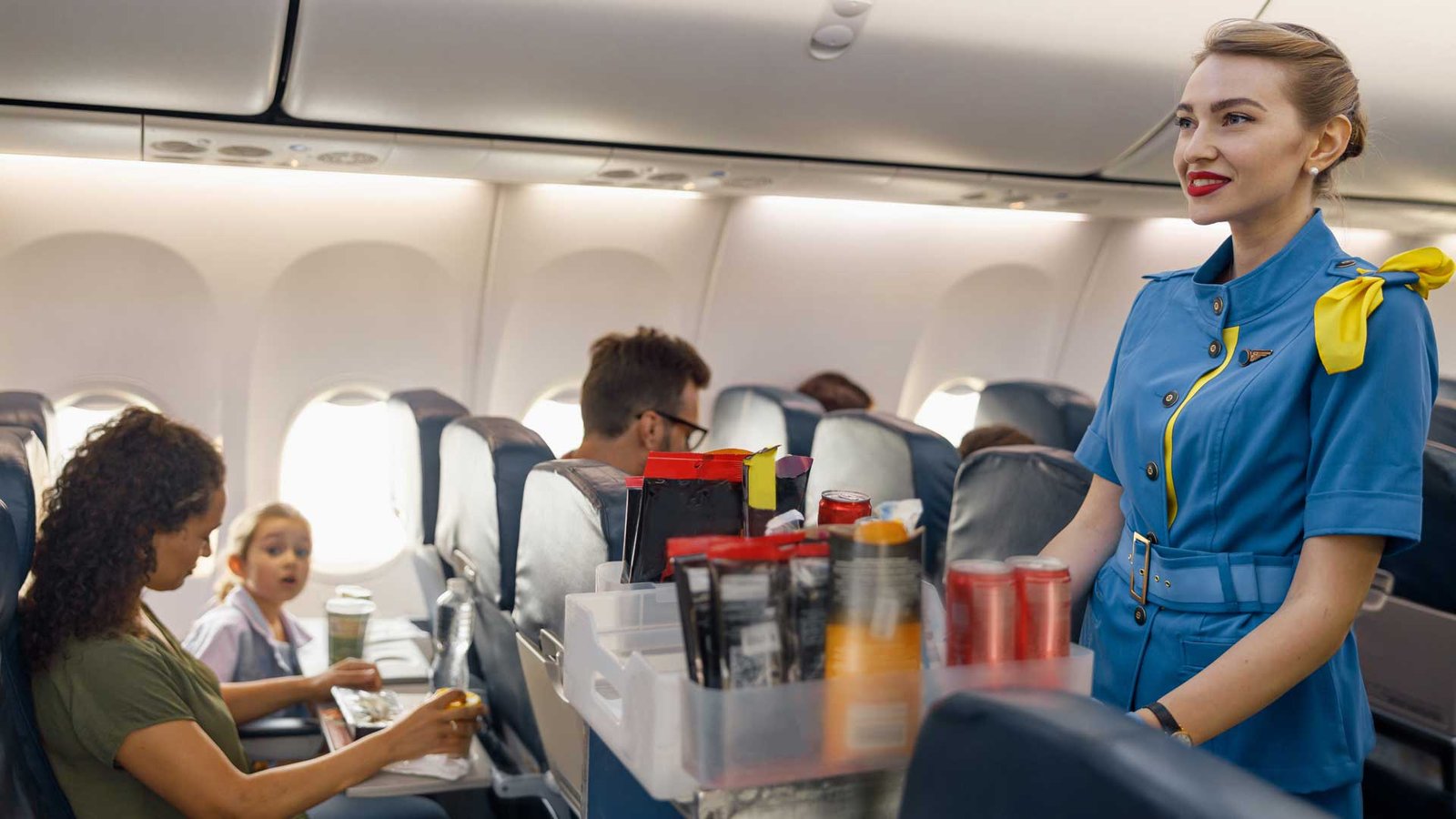
I. Introduction
Travel blogging has become increasingly popular in recent years, allowing individuals to share their adventures, experiences, and insights with a global audience.
With the rise of social media and digital platforms, aspiring travel bloggers have unprecedented opportunities to document their journeys and connect with fellow travelers around the world.
Travel blogging involves creating engaging content that captures the essence of travel experiences, from stunning landscapes and iconic landmarks to immersive cultural encounters and off-the-beaten-path discoveries.
Whether through captivating photography, compelling storytelling, or informative guides, travel bloggers play a vital role in inspiring and informing others who seek to explore the world.
In this blog post, we’ll explore a common question among aspiring travel bloggers: Do you need specialized equipment to succeed in the world of travel blogging?
While high-quality gear can undoubtedly enhance your content and streamline your workflow, we’ll delve into whether it’s an absolute necessity or if there are alternative approaches to achieving success in the realm of travel blogging. So, let’s dive in and explore the equipment needs for aspiring travel bloggers!
II. Essential Equipment for Travel Blogging
When it comes to travel blogging, having the right equipment can make a significant difference in the quality of your content and the efficiency of your workflow.
While it’s possible to create compelling travel blogs with minimal gear, investing in essential equipment can elevate your content and enhance your overall blogging experience. Here are some key pieces of equipment that every aspiring travel blogger should consider:
A. Cameras: DSLR vs. mirrorless vs. smartphone
The choice of camera is arguably one of the most critical decisions for a travel blogger. DSLR and mirrorless cameras offer superior image quality, interchangeable lenses, and advanced features, making them popular choices among professional photographers and serious enthusiasts.
However, they can be bulky and cumbersome to carry, especially during long trips or adventurous excursions.
On the other hand, smartphones have revolutionized travel photography with their convenience, portability, and increasingly impressive camera capabilities. Modern smartphones boast high-resolution sensors, advanced image processing algorithms, and a plethora of creative shooting modes and editing tools.
For many travel bloggers, smartphones serve as versatile and capable alternatives to traditional cameras, allowing them to capture stunning images and videos on-the-go.
B. Lenses: versatility and quality
For DSLR and mirrorless camera users, investing in a selection of versatile lenses is essential for capturing a wide range of subjects and scenes during travel adventures. A versatile zoom lens, such as a 24-70mm or 18-135mm, offers flexibility for capturing everything from landscapes and cityscapes to portraits and details.
Additionally, prime lenses with wide apertures, such as a 50mm f/1.8 or a wide-angle lens, can provide stunning depth of field and perspective for creative compositions. Consider the weight and size of lenses when traveling, opting for lightweight and compact options that won’t weigh you down.
C. Tripods and stabilizers for steady shots
Stability is key to achieving sharp and professional-looking photos and videos, especially in low light conditions or when shooting motion scenes. A sturdy tripod or monopod can provide stability and support for long exposures, group shots, and self-portraits, allowing you to capture crisp and clear images without camera shake.
For videographers, handheld gimbals or stabilizers are invaluable tools for achieving smooth and steady footage, even when walking or moving. These devices help minimize camera shake and ensure professional-looking video content that’s free from distracting motion blur.
D. Microphones for high-quality audio
While visual content often takes center stage in travel blogging, high-quality audio can significantly enhance the overall viewer experience. Investing in a dedicated microphone or audio recorder can improve the clarity and richness of your audio recordings, whether you’re narrating a video, conducting interviews, or capturing ambient sounds.
Consider portable and versatile microphone options, such as lavalier microphones or shotgun microphones, that are suitable for various recording scenarios and environments. Wind shields or dead cats can also help reduce wind noise and ensure clean audio recordings, especially when filming outdoors.
E. Laptops or tablets for editing and writing on-the-go
Editing and writing are essential aspects of travel blogging, requiring reliable and portable devices for on-the-go productivity. Laptops or tablets equipped with powerful processors, ample storage, and high-resolution displays are ideal for editing photos and videos, drafting blog posts, and managing content on the road.
Choose lightweight and compact devices that are easy to carry in your backpack or travel bag, and ensure they have sufficient battery life for extended use without access to power outlets. Investing in cloud storage solutions or external hard drives can also help you manage and backup your files while traveling.
F. Portable chargers and power banks for extended trips
Finally, don’t forget to pack portable chargers and power banks to keep your electronic devices powered up during long journeys and outdoor adventures.
These compact and lightweight accessories provide an extra boost of power when you’re away from electrical outlets, ensuring your camera batteries, smartphones, and other gadgets stay charged and ready for action.
Choose power banks with high-capacity batteries and fast-charging capabilities for maximum convenience and versatility. Look for models with multiple USB ports or wireless charging capabilities to accommodate multiple devices simultaneously.
By investing in essential equipment for travel blogging, you can enhance your creative capabilities, streamline your workflow, and produce high-quality content that captivates and inspires your audience.
Whether you’re capturing breathtaking landscapes, immersive cultural experiences, or intimate moments on your travels, having the right tools at your disposal can help you tell compelling stories and share unforgettable adventures with the world.
Stay tuned for the next part of our series, where we’ll explore alternative approaches to travel blogging without specialized equipment!
III. Considerations When Choosing Equipment
While having the right equipment can enhance your travel blogging experience, it’s essential to consider several factors before making any purchases. Here are some key considerations to keep in mind when choosing equipment for your travel blogging adventures:
A. Budget constraints and cost-effective options
Before splurging on expensive gear, consider your budget constraints and explore cost-effective options that offer excellent value for money. While high-end cameras and accessories may provide superior performance and features, there are plenty of budget-friendly alternatives that can still deliver impressive results.
Research different brands, models, and specifications to find the best balance between quality and affordability. Consider purchasing used or refurbished equipment, or renting gear for specific trips or projects to save money without compromising on quality.
B. Weight and portability for travel convenience
When traveling, every ounce matters, so prioritize lightweight and portable equipment that won’t weigh you down or take up too much space in your luggage. Opt for compact camera bodies, collapsible tripods, and lightweight accessories that are easy to carry and transport.
Choose versatile and multi-purpose gear that serves multiple functions, reducing the need to pack additional items. Consider investing in travel-friendly camera bags or backpacks with padded compartments and adjustable straps for maximum comfort and convenience on the go.
C. Versatility and adaptability to different environments
Traveling often involves a variety of environments and shooting conditions, from bustling cities and scenic landscapes to rugged terrain and unpredictable weather. Choose equipment that is versatile and adaptable to different environments, allowing you to capture a wide range of subjects and scenes with ease.
Look for cameras and lenses with versatile focal lengths and aperture ranges, allowing you to switch seamlessly between wide-angle, telephoto, and macro photography. Consider weather-sealed and ruggedized gear that can withstand challenging conditions, including dust, moisture, and temperature extremes.
D. Durability and resistance to weather conditions
Traveling exposes your equipment to various hazards, including bumps, drops, and adverse weather conditions. Invest in durable and robust gear that can withstand the rigors of travel and outdoor adventures, ensuring reliable performance and longevity.
Choose cameras and lenses with sturdy construction and weather-resistant seals to protect against dust, moisture, and humidity. Consider investing in protective accessories such as lens filters, lens hoods, and camera cases or covers to safeguard your gear from scratches, impacts, and inclement weather.
E. Compatibility with editing software and online platforms
After capturing your travel adventures, you’ll need to edit and share your content with your audience. Ensure that your equipment is compatible with popular editing software and online platforms, allowing you to seamlessly edit and upload your photos and videos.
Choose cameras that shoot in widely supported file formats, such as JPEG and RAW, for maximum flexibility in post-processing. Consider investing in memory cards with high-speed read and write capabilities to expedite file transfers and editing workflows.
Verify that your equipment is compatible with popular social media platforms and blogging websites, enabling you to share your content effortlessly with your audience.
By carefully considering these factors when choosing equipment for your travel blogging endeavors, you can ensure that you’re equipped to capture stunning images and videos, tell compelling stories, and share unforgettable experiences with your audience.
Remember to prioritize budget-friendly options, prioritize weight and portability, choose versatile and adaptable gear, prioritize durability and weather resistance, and ensure compatibility with editing software and online platforms.
With the right equipment at your disposal, you can embark on your travel blogging journey with confidence and creativity. Stay tuned for the next part of our series, where we’ll explore alternative approaches to travel blogging without specialized equipment!
IV. Alternative Approaches to Travel Blogging Without Specialized Equipment
While having specialized equipment can undoubtedly enhance your travel blogging experience, it’s essential to recognize that you don’t necessarily need expensive gear to create compelling content. Here are some alternative approaches to travel blogging that don’t require specialized equipment:
A. Smartphone photography and editing apps
One of the most accessible and convenient options for travel blogging is smartphone photography. Modern smartphones are equipped with powerful cameras and a plethora of creative shooting modes and editing tools, allowing you to capture stunning images and videos on-the-go.
Take advantage of your smartphone’s capabilities by experimenting with different shooting techniques, compositions, and editing apps. Explore manual camera controls, HDR mode, and portrait mode to capture dynamic and expressive photos.
Experiment with editing apps like Lightroom, Snapseed, or VSCO to enhance your photos with adjustments to exposure, color, and composition.
B. Using public Wi-Fi and shared workspaces for editing and uploading content
When it comes to editing and uploading your travel content, you don’t necessarily need high-end laptops or tablets. Take advantage of public Wi-Fi networks and shared workspaces to access editing software and online platforms for free or at a minimal cost.
Visit local cafes, libraries, or co-working spaces that offer free Wi-Fi and comfortable seating areas conducive to productivity. Bring your smartphone or lightweight laptop and take advantage of cloud-based editing tools or online platforms like Canva, Adobe Spark, or WordPress to edit and publish your content on-the-go.
C. Collaborating with local photographers or videographers
Another alternative approach to travel blogging is collaborating with local photographers or videographers who have specialized equipment and expertise. Reach out to local creatives in the destinations you visit and inquire about potential collaboration opportunities.
Collaborating with local photographers or videographers can offer unique perspectives, insights, and access to hidden gems and off-the-beaten-path locations. Whether through joint photo walks, guided tours, or content creation projects, collaborating with local creatives can enrich your travel experiences and enhance the quality of your content.
By embracing alternative approaches to travel blogging without specialized equipment, you can overcome budget constraints, logistical challenges, and technical limitations while still creating compelling and engaging content.
Whether through smartphone photography and editing apps, leveraging public Wi-Fi and shared workspaces, or collaborating with local creatives, there are plenty of creative and accessible ways to share your travel adventures with the world.
Stay tuned for the next part of our series, where we’ll explore additional tips and strategies for aspiring travel bloggers!
V. Importance of Content and Storytelling Over Equipment
While having the right equipment can certainly enhance your travel blogging endeavors, it’s crucial to remember that content and storytelling are ultimately what captivates and engages your audience. Here’s why focusing on content and storytelling is paramount, regardless of your equipment:
A. Emphasizing the value of compelling storytelling and unique perspectives
At its core, travel blogging is about sharing stories and experiences that inspire, entertain, and inform your audience. Compelling storytelling allows you to connect with your readers on a deeper level, evoking emotions, sparking curiosity, and fostering a sense of wanderlust.
Focus on sharing your unique perspective and personal anecdotes from your travels. Whether it’s a humorous encounter with locals, a heartwarming cultural exchange, or a breathtaking sunset vista, storytelling adds depth and authenticity to your content, making it more memorable and impactful.
B. Focusing on authenticity and genuine experiences rather than equipment quality
In today’s digital age, audiences crave authenticity and genuine experiences from content creators. While high-quality equipment can produce stunning visuals, authenticity is what truly resonates with viewers.
Instead of obsessing over the latest gear or camera specs, focus on capturing authentic moments and genuine interactions during your travels. Embrace imperfections, spontaneity, and unpredictability, as they often lead to the most compelling and relatable content.
C. Leveraging social media platforms and blogging communities to connect with audiences
Social media platforms and blogging communities offer powerful tools for connecting with your audience and sharing your travel experiences. Use platforms like Instagram, YouTube, and Facebook to showcase your content and engage with your followers in real-time.
Join travel blogging communities, forums, and online groups to connect with like-minded individuals, share insights and tips, and collaborate on projects. Engage with your audience through comments, direct messages, and live Q&A sessions, fostering a sense of community and connection.
D. Continuously honing photography, writing, and editing skills through practice and feedback
Becoming a skilled travel blogger requires continuous learning, growth, and refinement of your photography, writing, and editing skills. Dedicate time to practice your craft regularly, whether it’s experimenting with new photography techniques, refining your storytelling skills, or mastering editing software.
Seek feedback from peers, mentors, and your audience to identify areas for improvement and refine your approach. Embrace constructive criticism as an opportunity for growth and strive to continuously elevate the quality and impact of your content.
By prioritizing content and storytelling over equipment, you can create meaningful and engaging travel blogs that resonate with your audience and stand the test of time.
Focus on sharing authentic stories, connecting with your audience, and honing your skills as a storyteller, and you’ll be well on your way to becoming a successful travel blogger. Stay tuned for the next part of our series, where we’ll explore tips and strategies for building and growing your travel blog!



